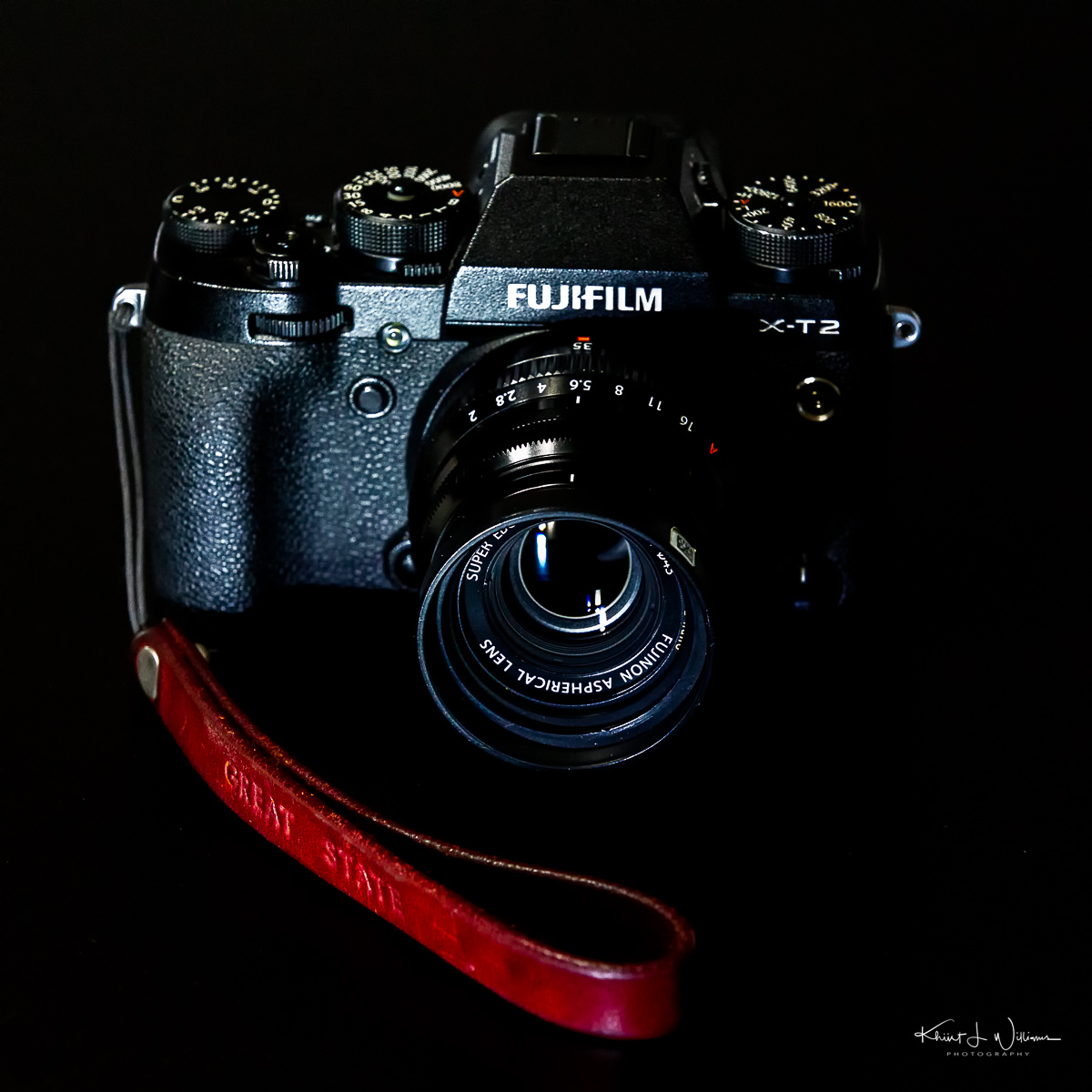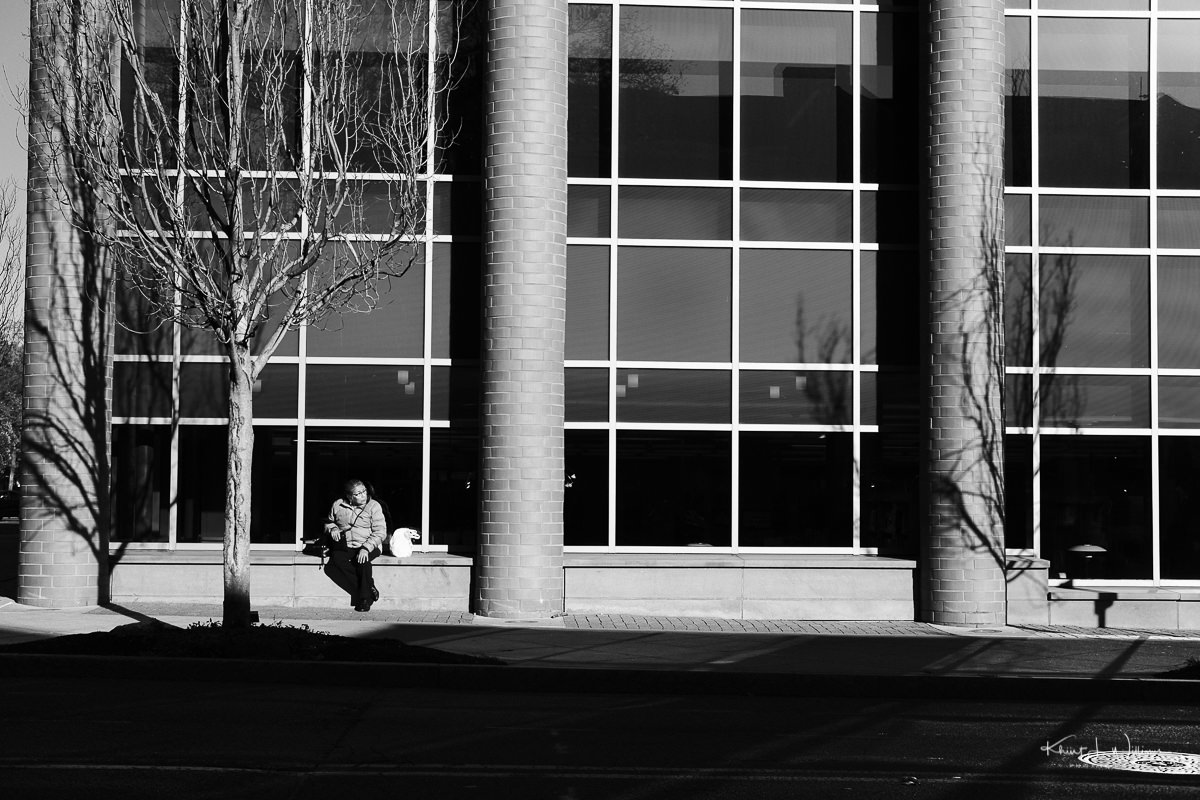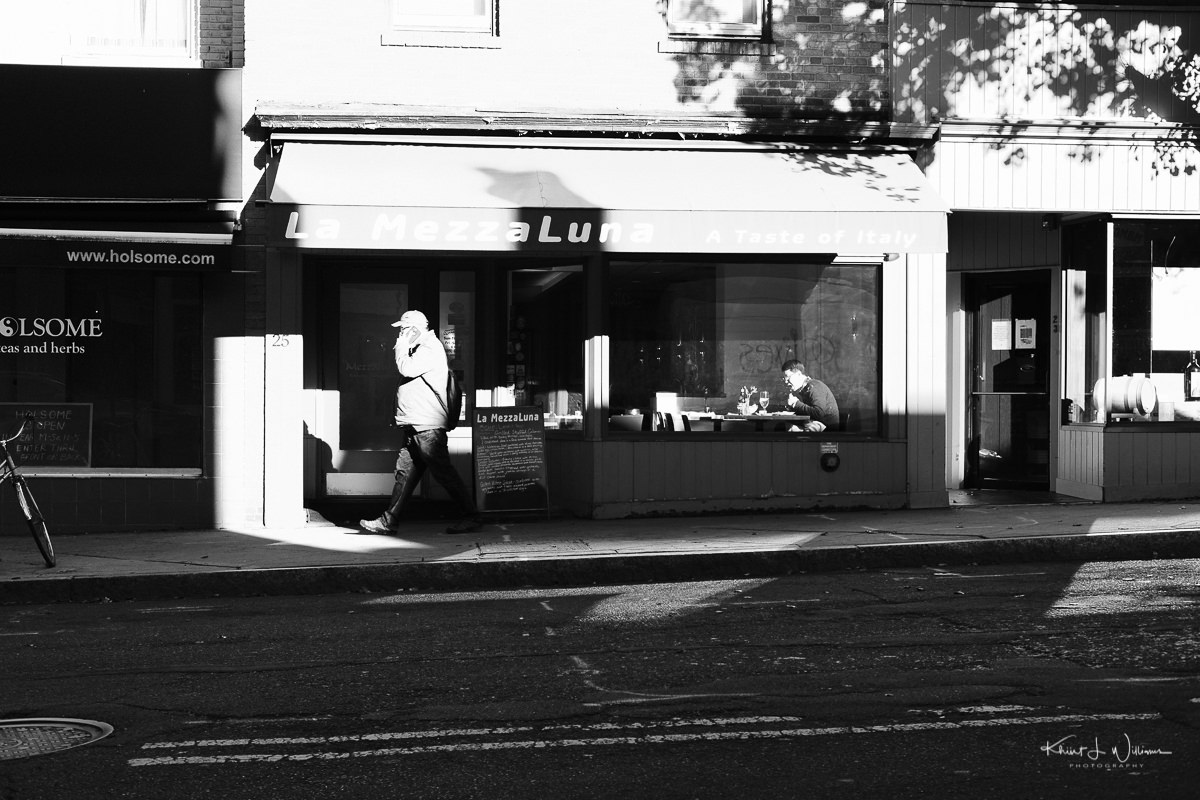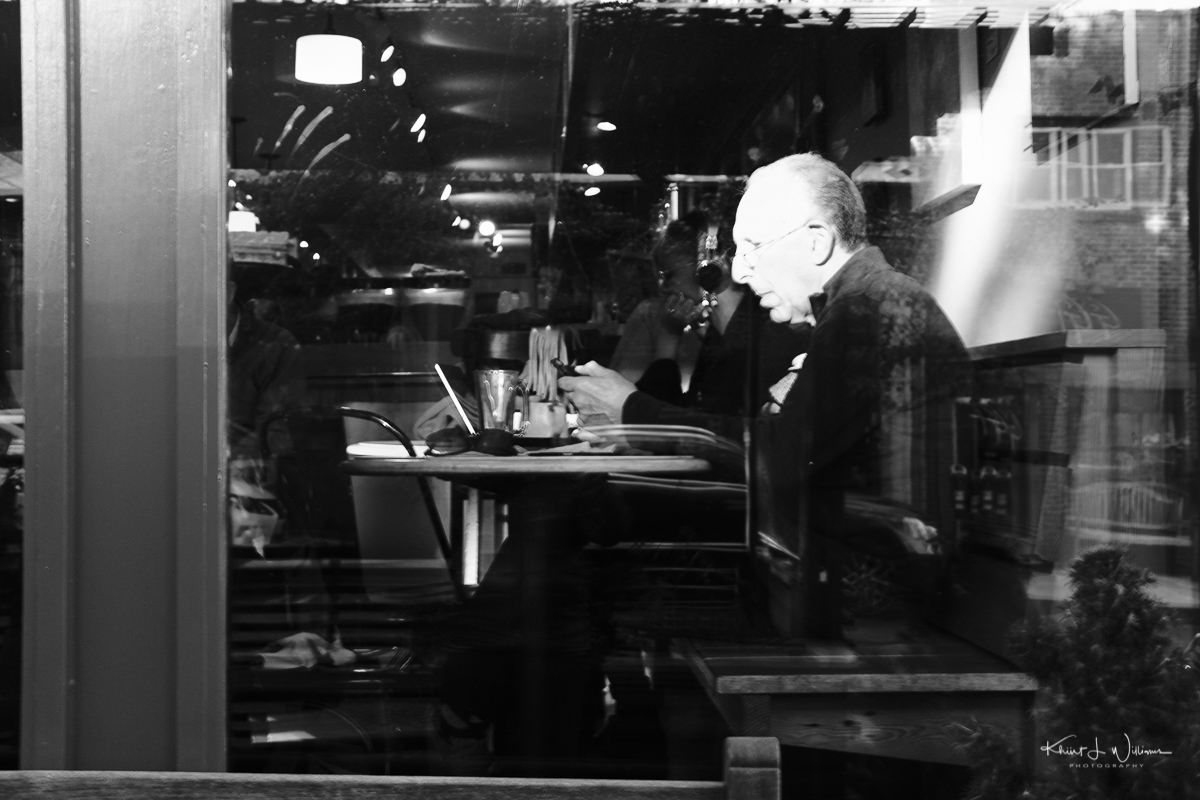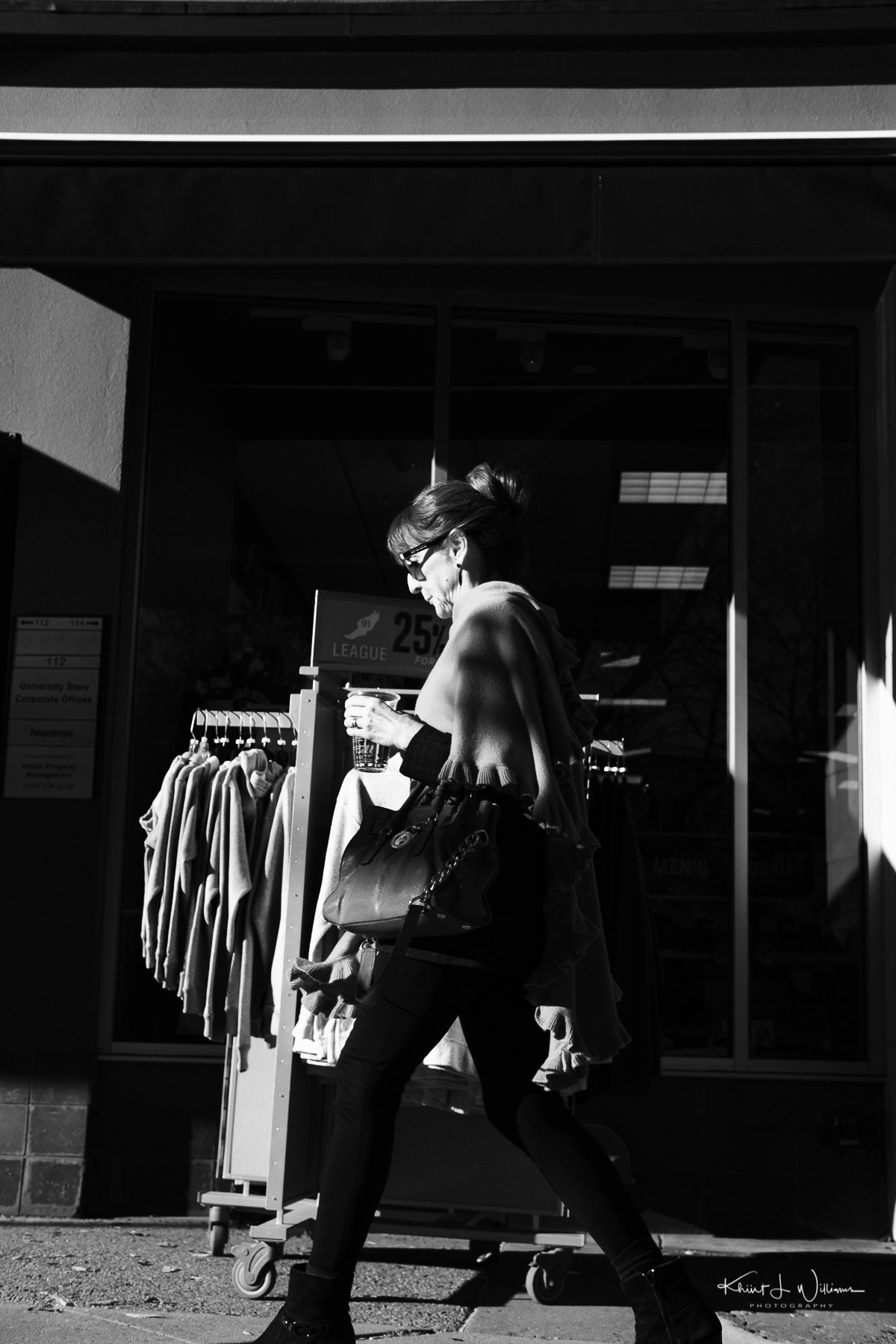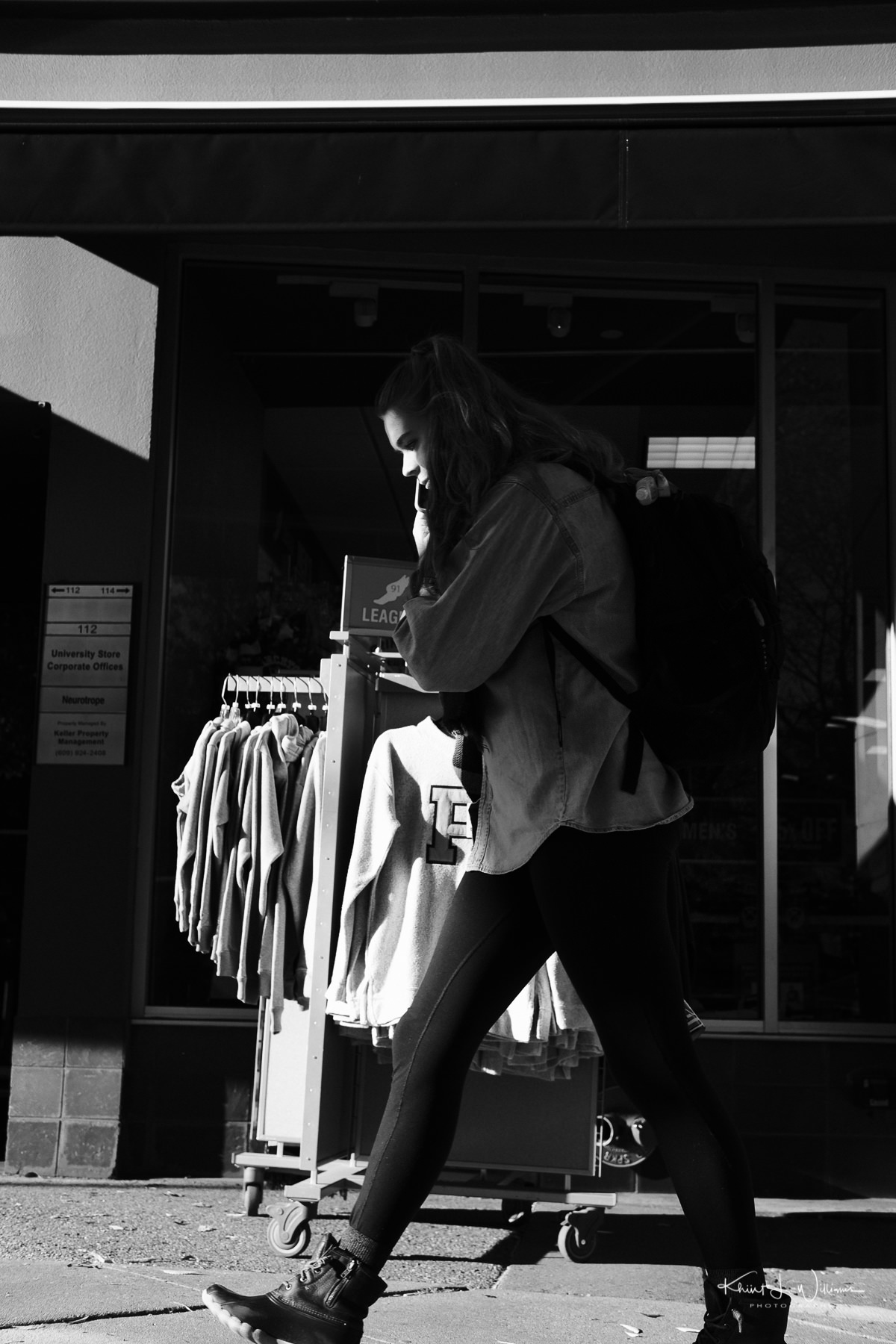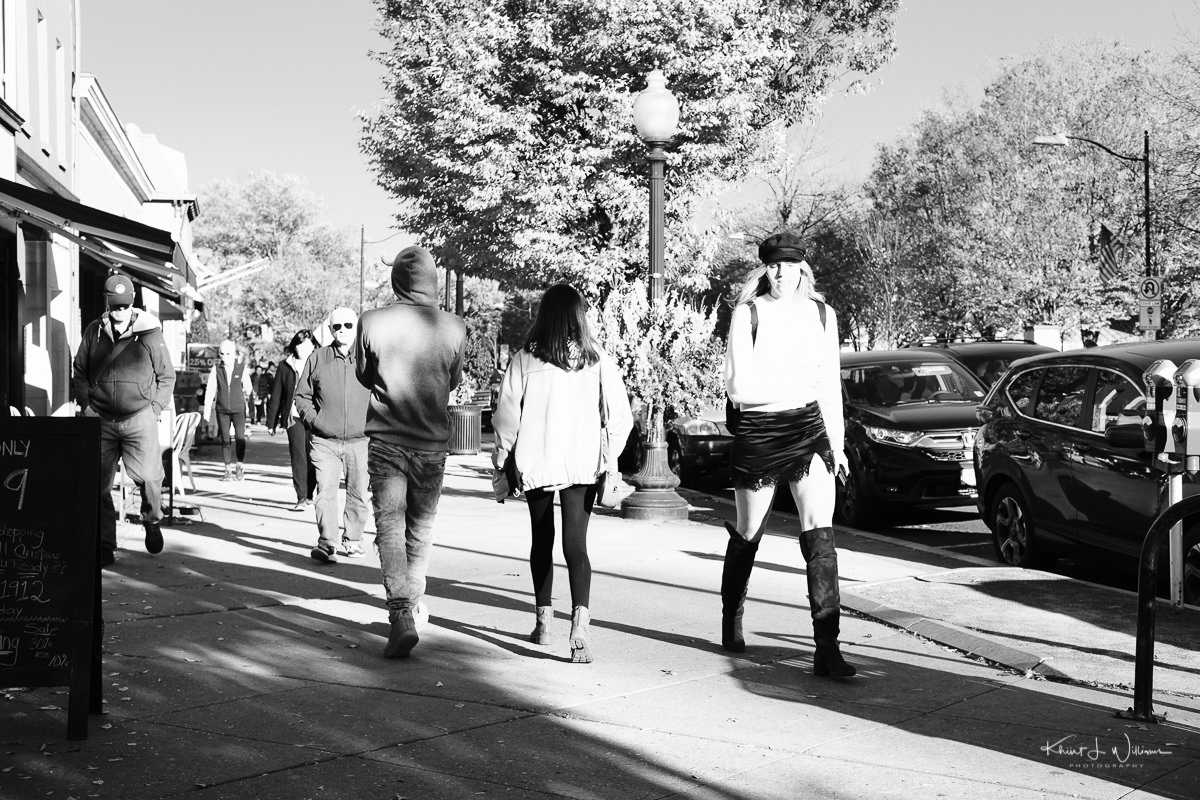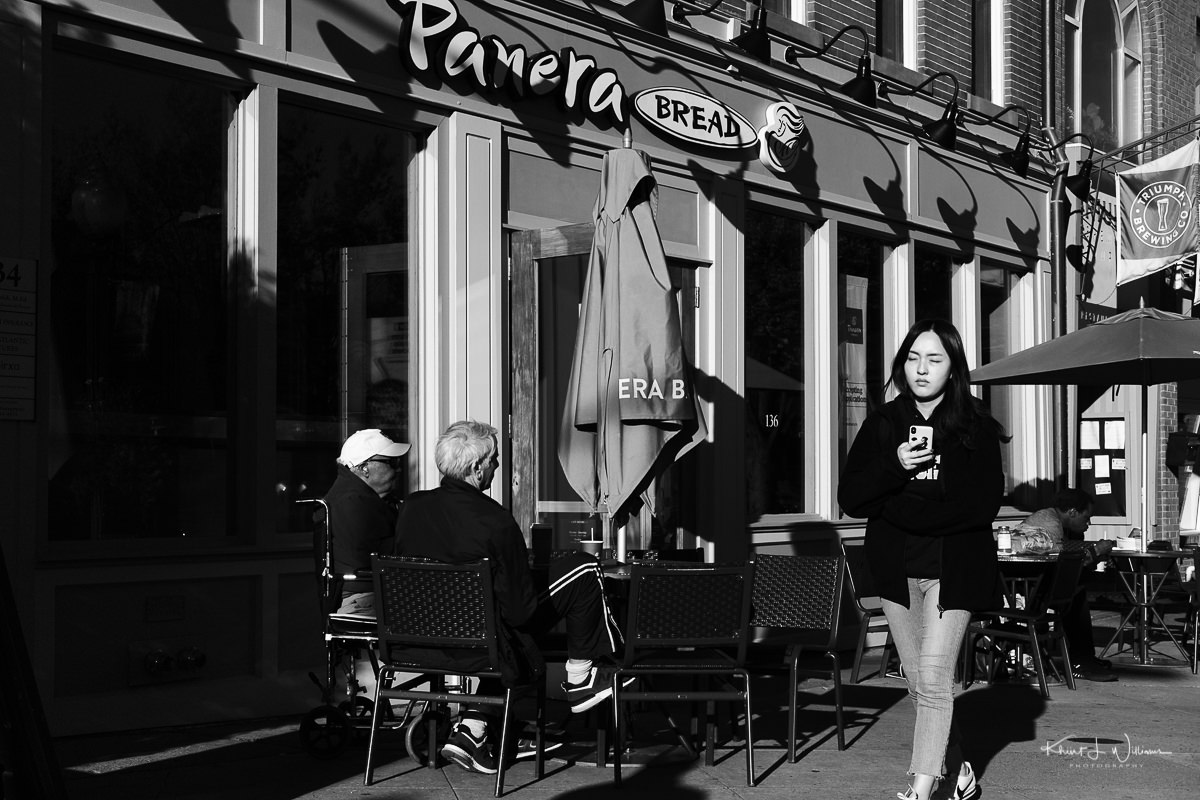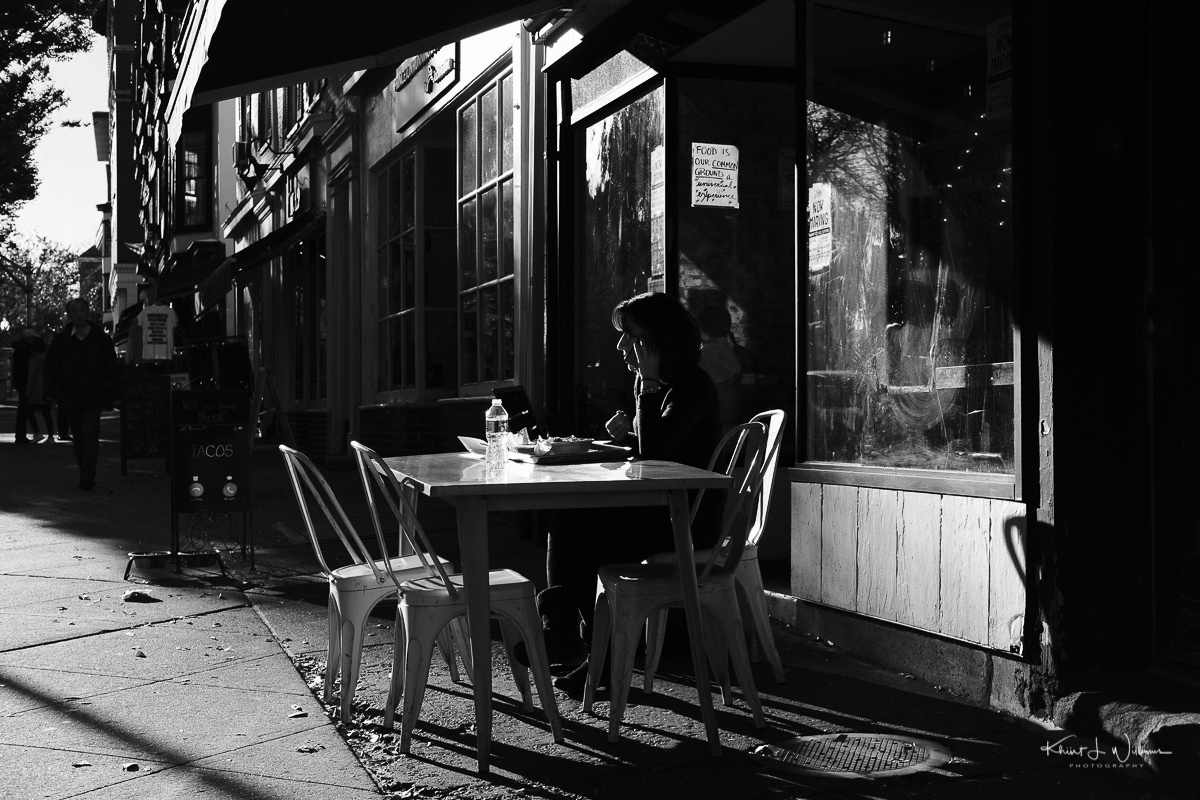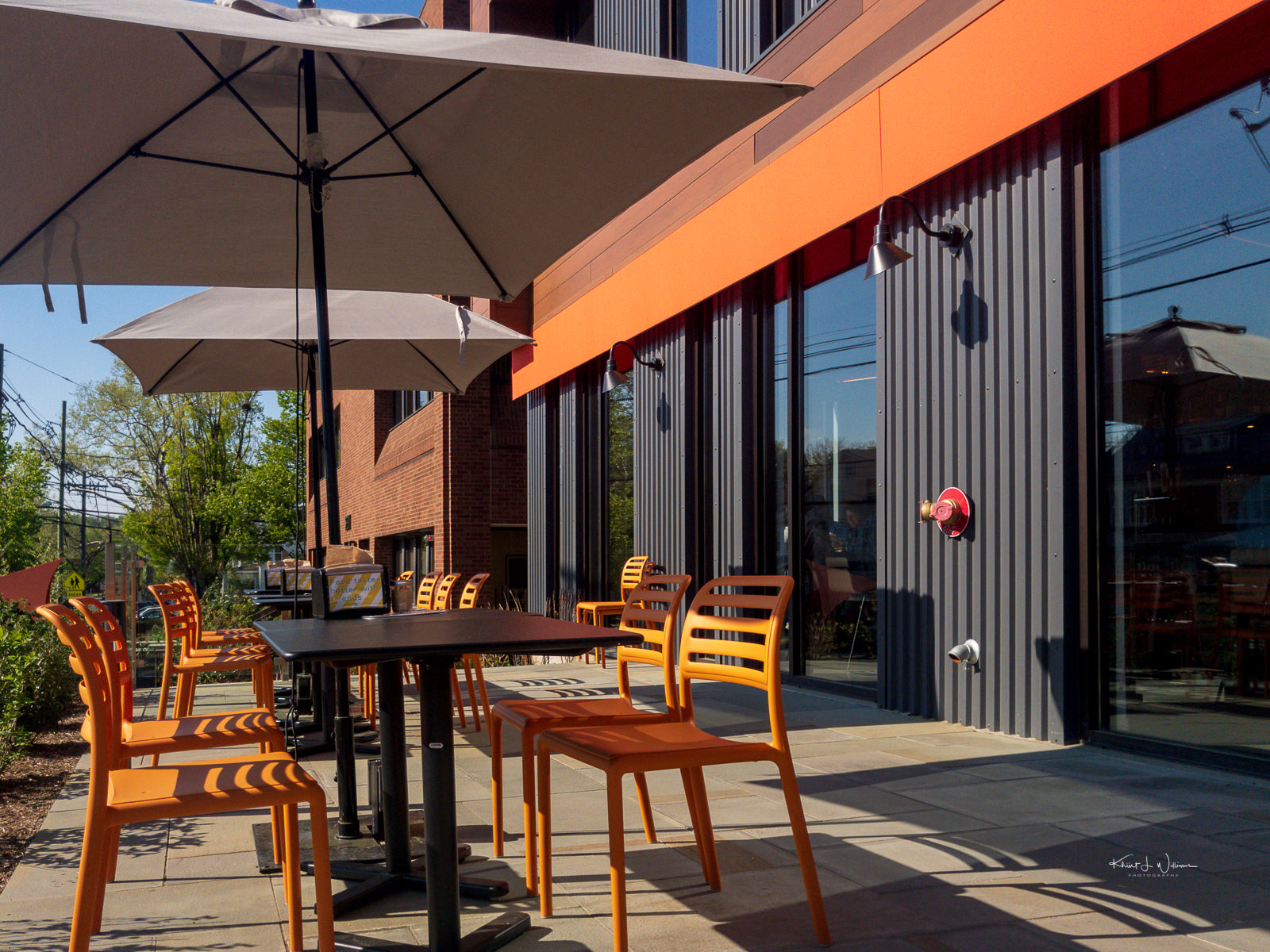Compared to my Fujinon XF16-55mmF2.8 R LM WR lens, the Fujinon XF35mmF2 R WR is very light. It weighs 430g, just slightly less than two Apple iPhone 11 Pros. The Fujinon XF35mmF2 R WR is smaller and less expensive than the Fujinon XF35mmF1.4 R1. The Fujinon XF35mmF2 R lens has a noticeable taper from the camera mount toward the end of the lens barrel, which is, along with the lens mini lens cap, a design that is not to my liking. I wish Fujifilm would make a wether resistant version of the Fujinon XF35F1.4 R.
Like most Fujinon lens, the Made in Japan Fujinon XF35mmF2 R WR lens is an all-metal design and feels solid in my hand. The filter threads are metal. The front barrel is metal. The focus ring is metal. The aperture ring is metal. So that you get it; this is an all-metal lens. The R means the lens has an aperture ring while the WR signifies weather resistance. The aperture rings had a noticeable click when moving between the 1⁄3 step f/stops. The focus ring is smooth and continuous.
The Fujinon XF35mmF2 R WR has a close focus distance of 35 centimetres, but an iPhone 11 Pro can focus at a closer subject distance. This fact may not matter to the target audience for this lens; street photographers. For my test, I used the lens around Witherspoon Street and Nassau Street in Princeton, New Jersey. The auto-focus felt fast, and the images are sharp.
I didn't include them here, but you can see images captured with the lens wide open on this entry for a craft ale.
If you choose to purchase this lens, please use Ritchie Roesch's affiliate link. I don't have one of my own.
- Name: Fujinon XF35mmF2 R WR
- Tested on: Fujifilm X-T2
- Mount: Fujifilm X-Mount
- Zoom/Prime: Prime
- Focal Length: 35mm (53mm FF FOV)
- Maximum Aperture: f/2
- Minimum aperture: f/16
- Diaphragm Blades: (Rounded 9-Blade Diaphragm)
- Product Ratings (1=miserable, 5=excellent):
- Construction Quality: 4.7
- Image Quality: 4.3
- Overall Value For Price: 4.7
- Recommended: Yes
Lens Photos
Using a technique I learned in the Princeton Photo Workshop Landscape / Cityscape in B&W with Ossian Lindholm workshop, the images were created from Fujifilm RAF files, cropped and aligned in Adobe Lightroom, and processed to black and white monochrome in Silver Efex Pro 2. For SOOC JPEGs of the sample images, read my Fujifilm Film Simulation Challenge Roll 3: Tri-X Push article.
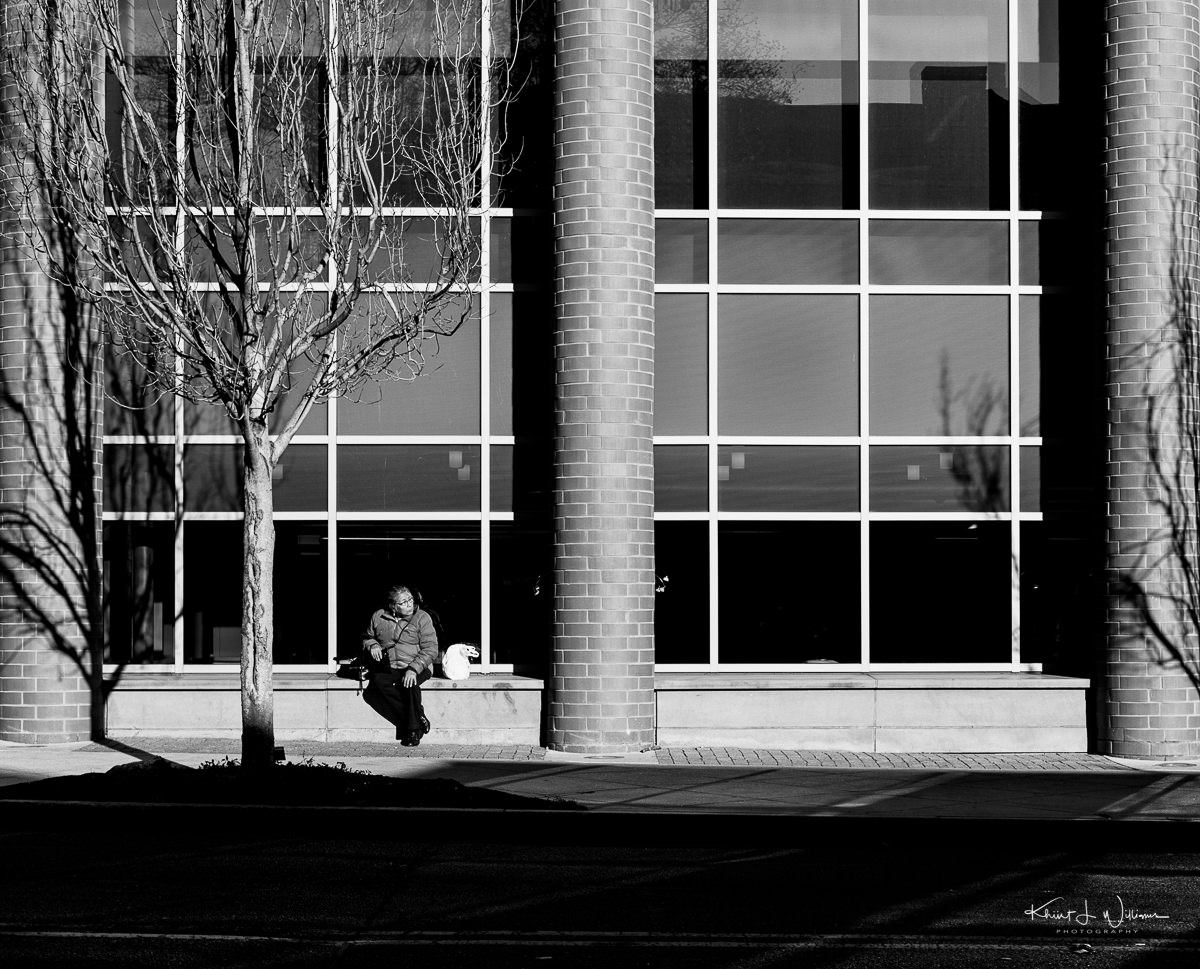

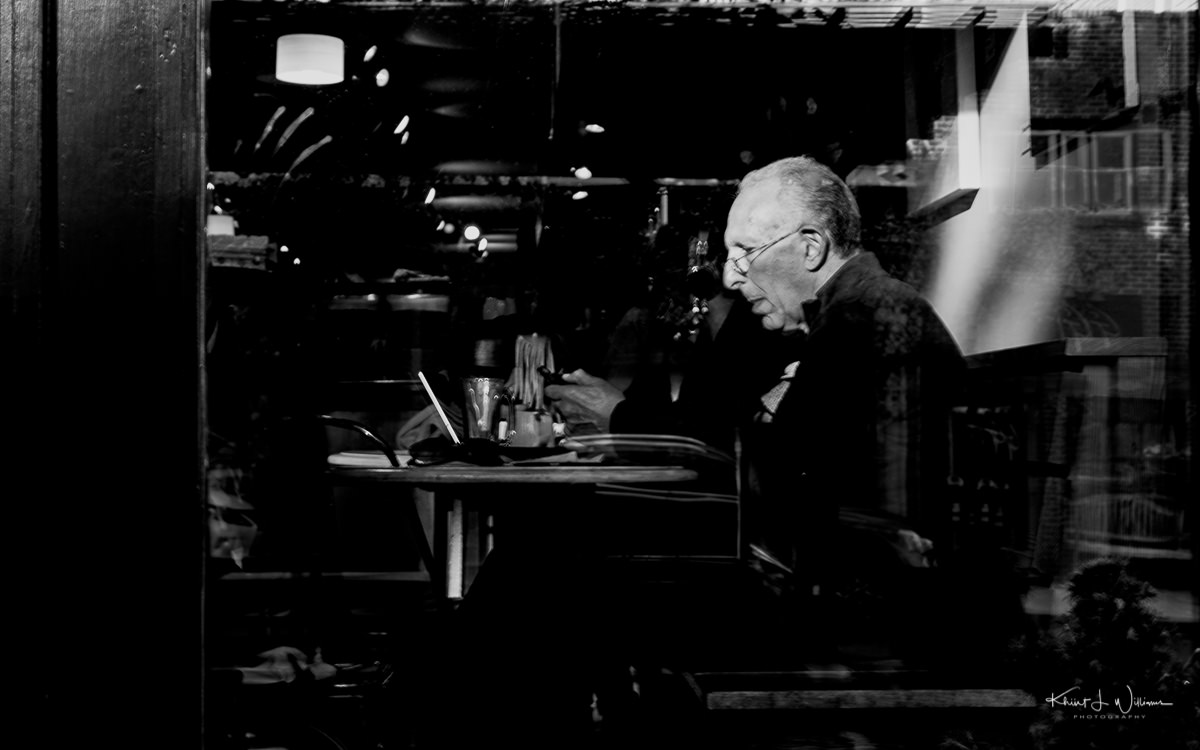
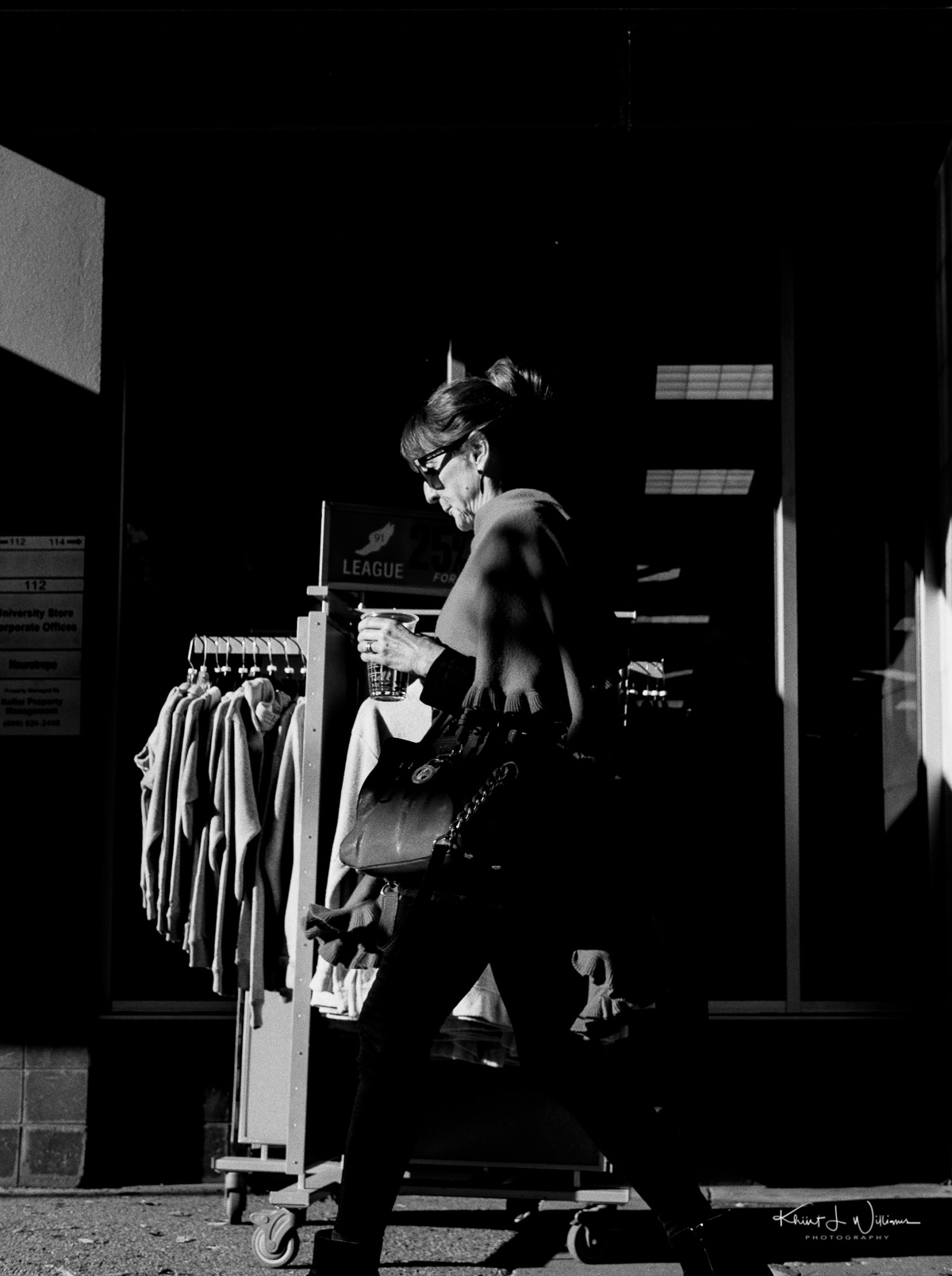
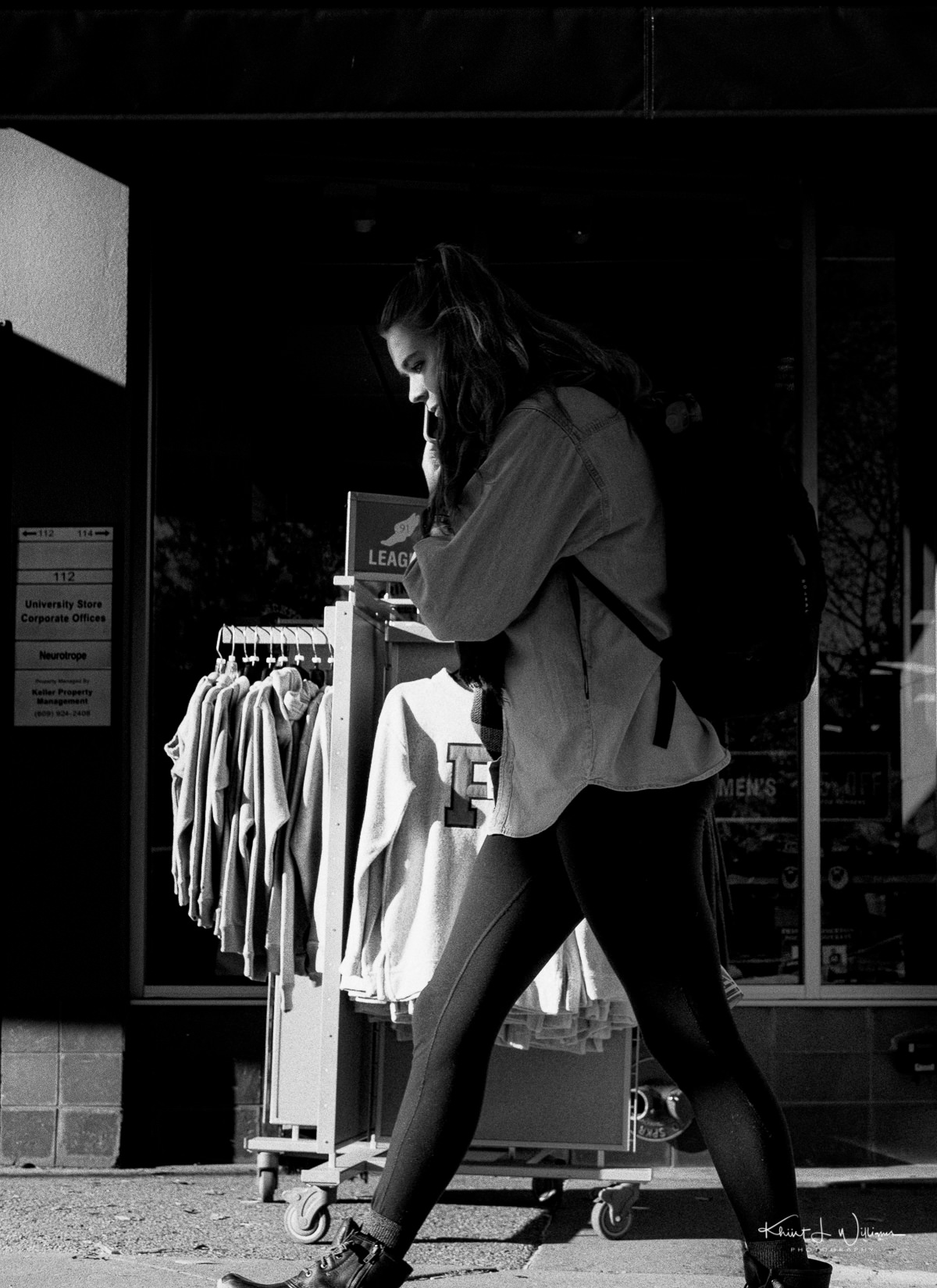
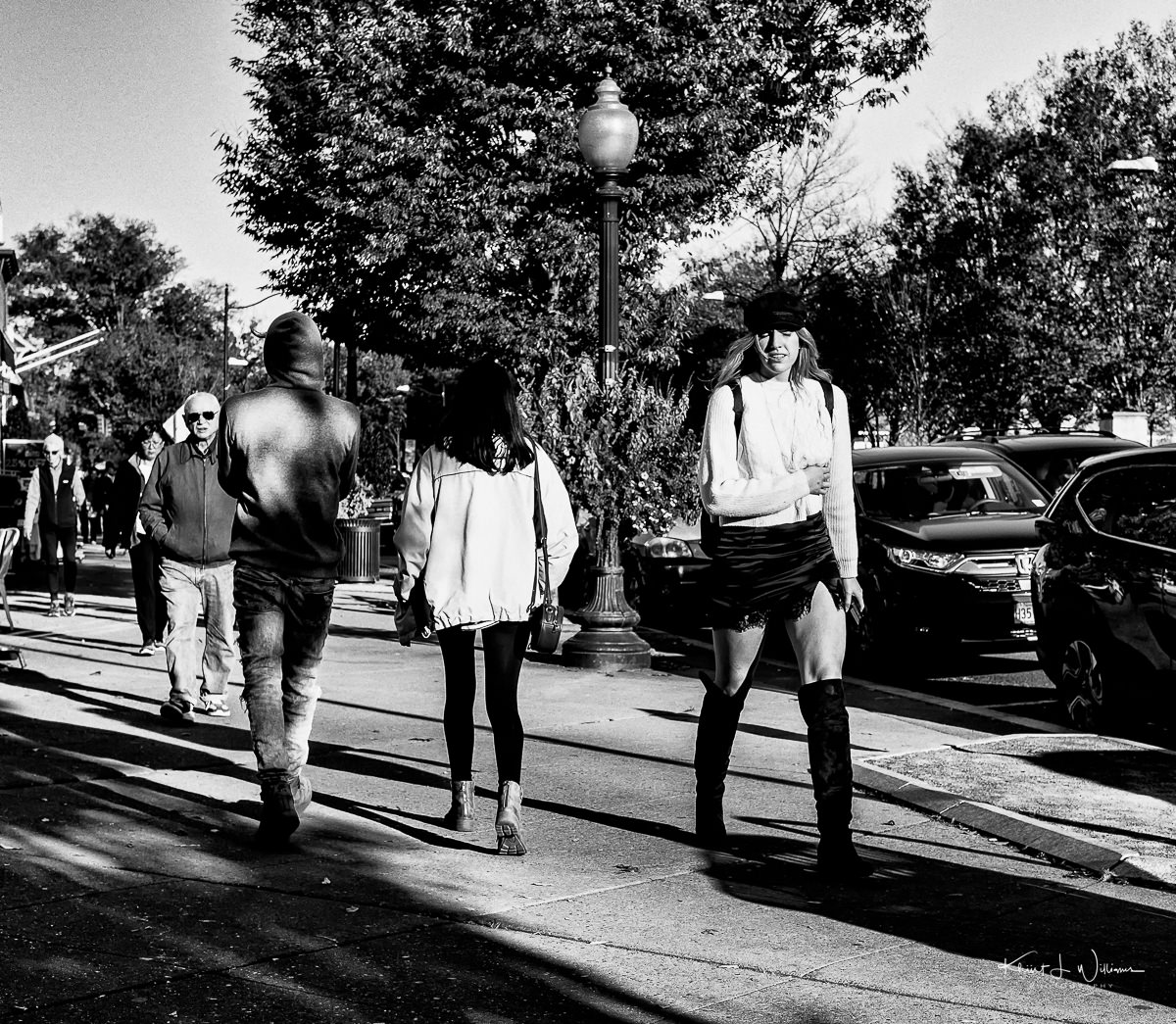

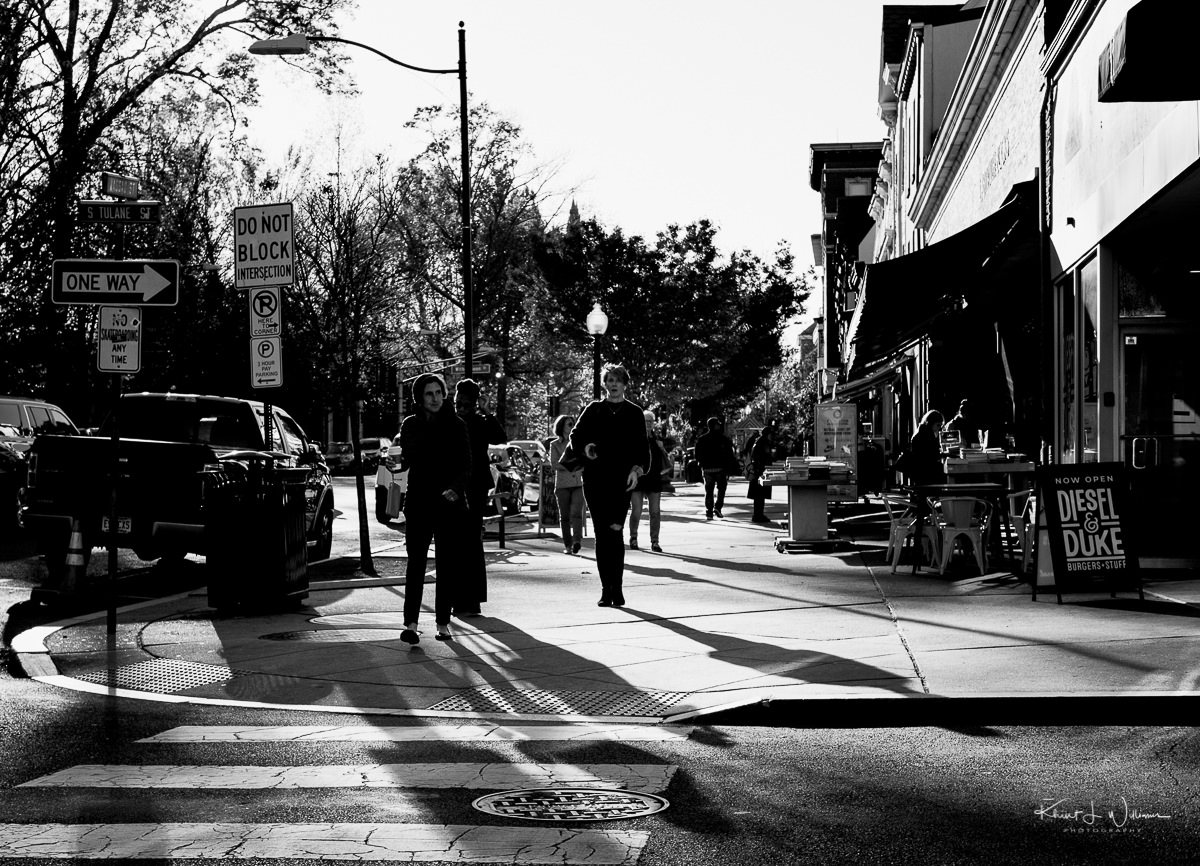

- I will rent the Fujinon XF35mmF1.4 R to test at some point. ↩
